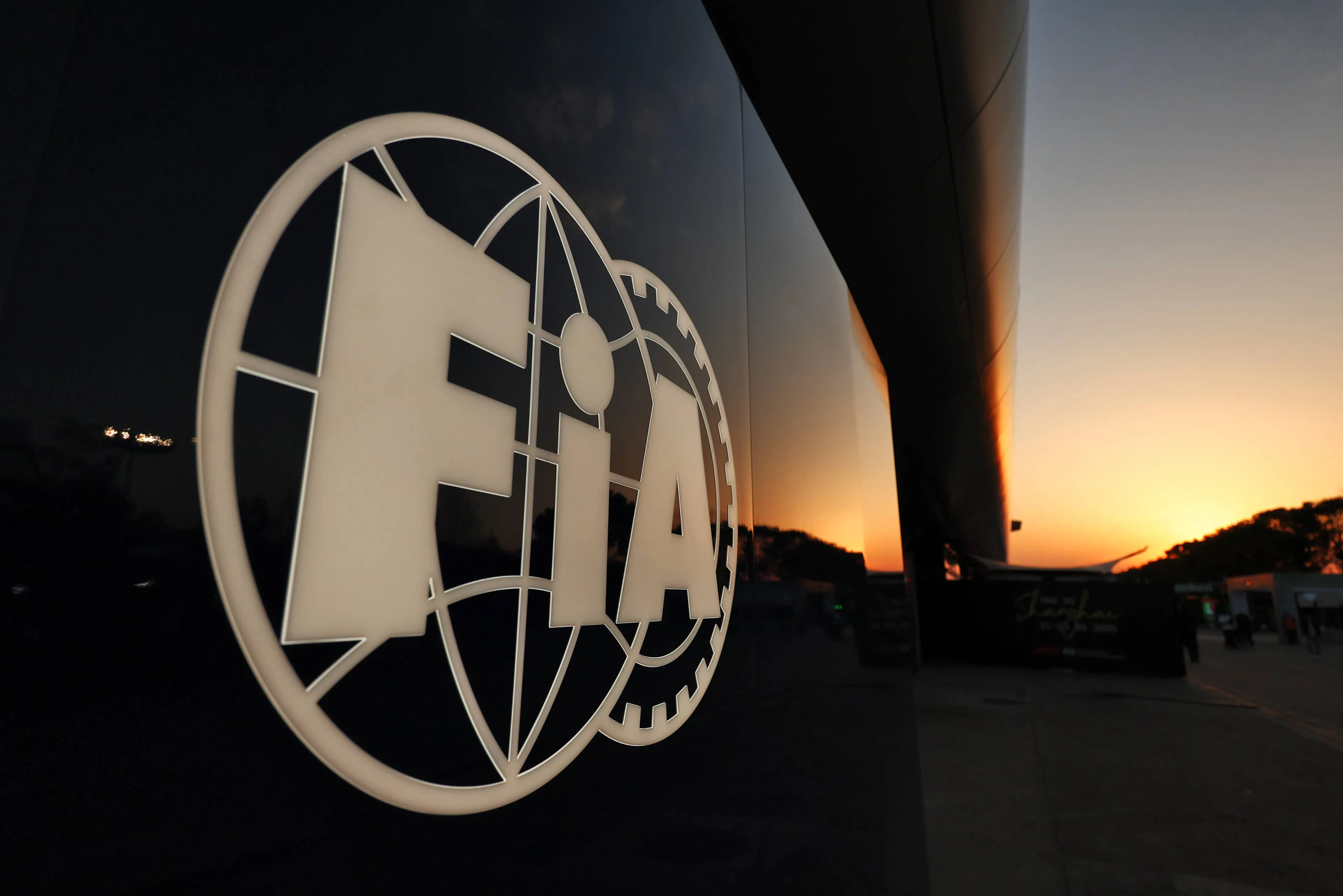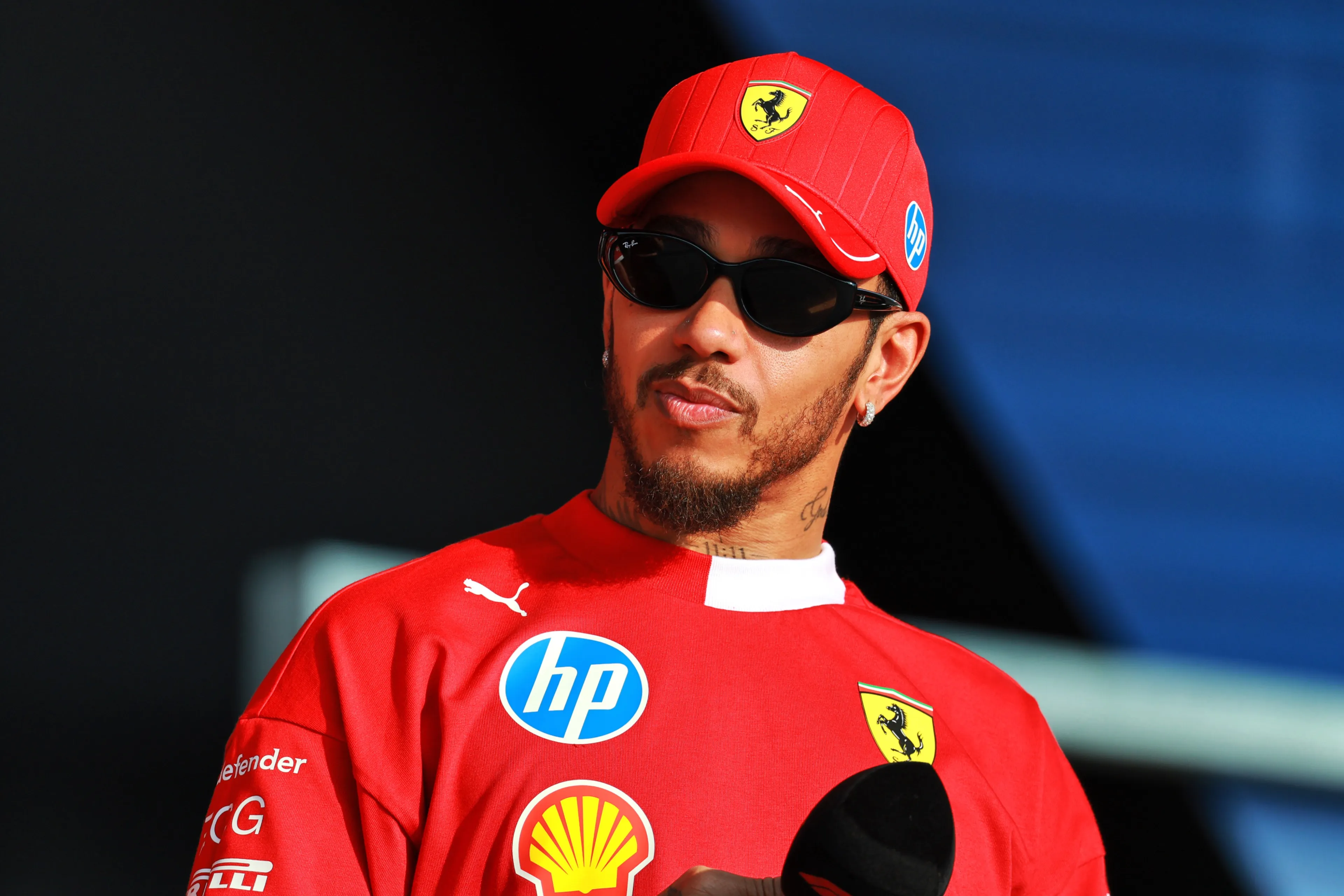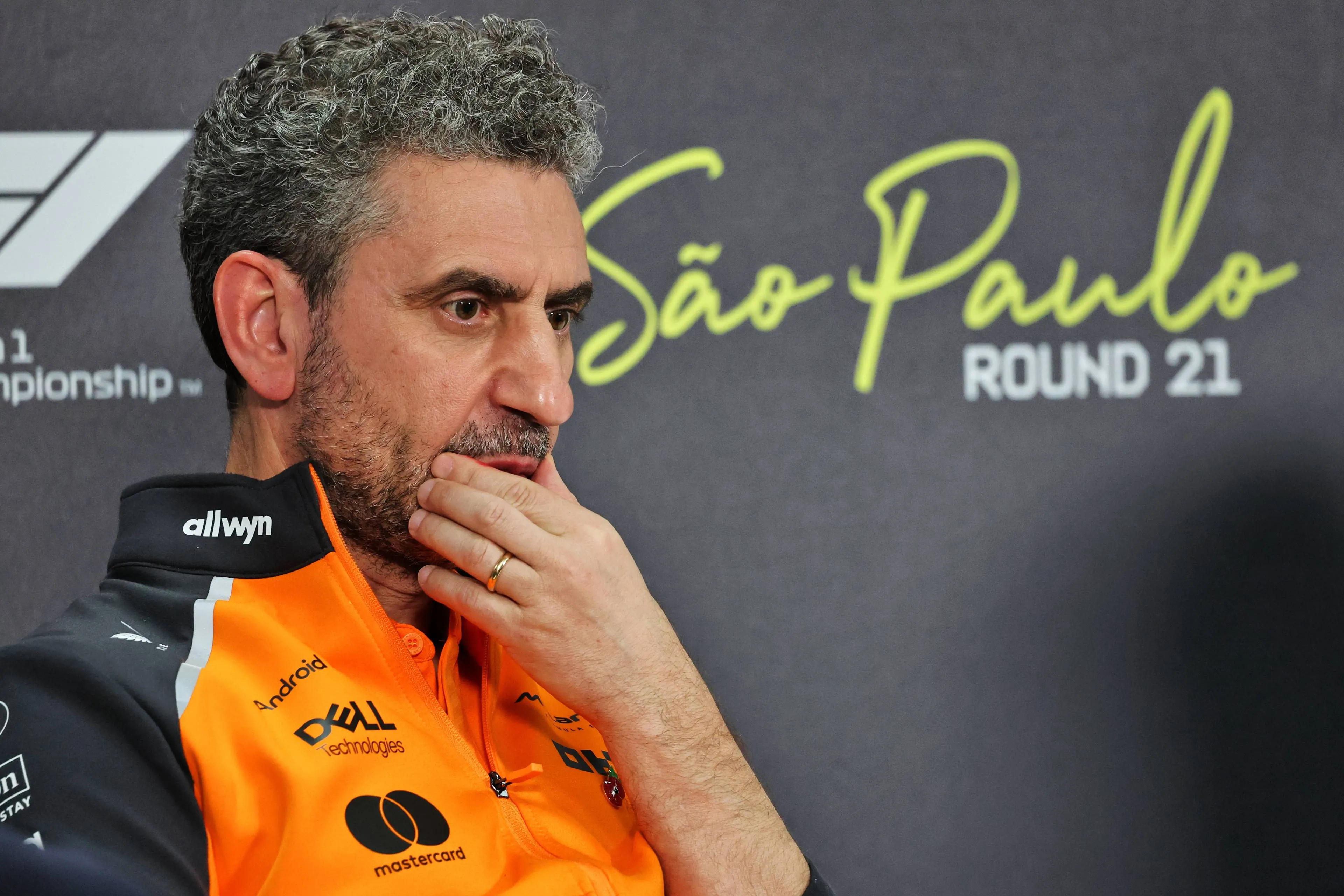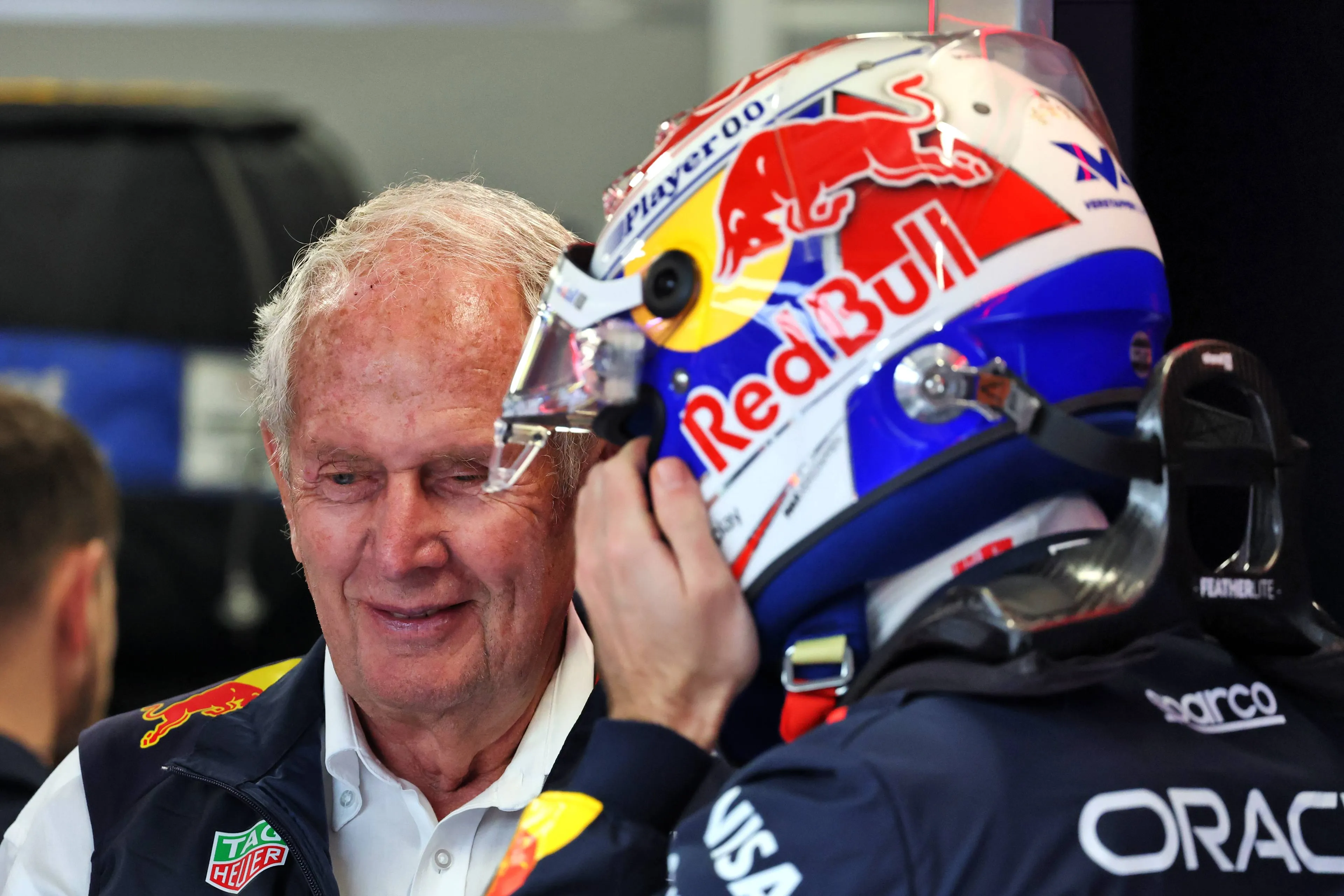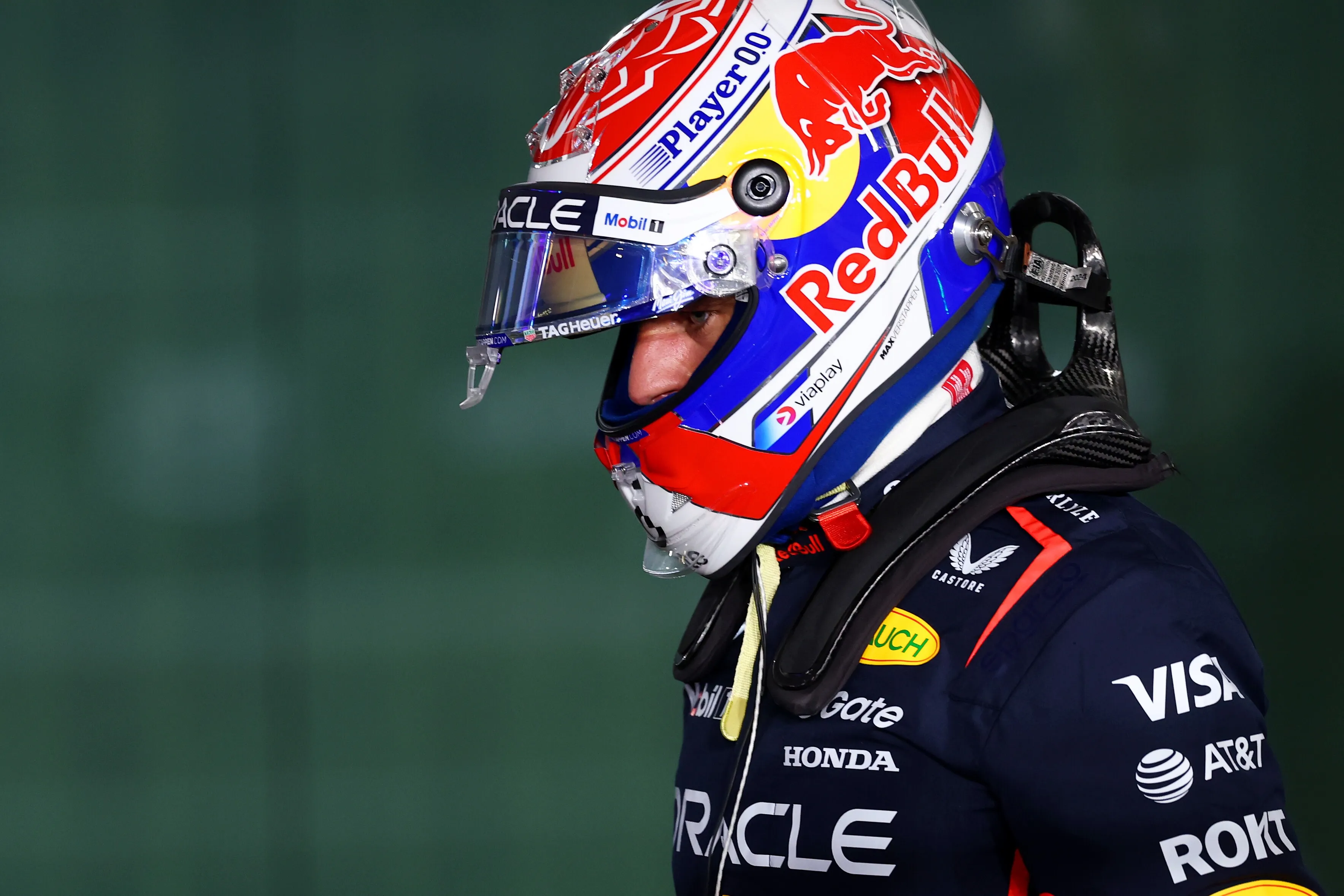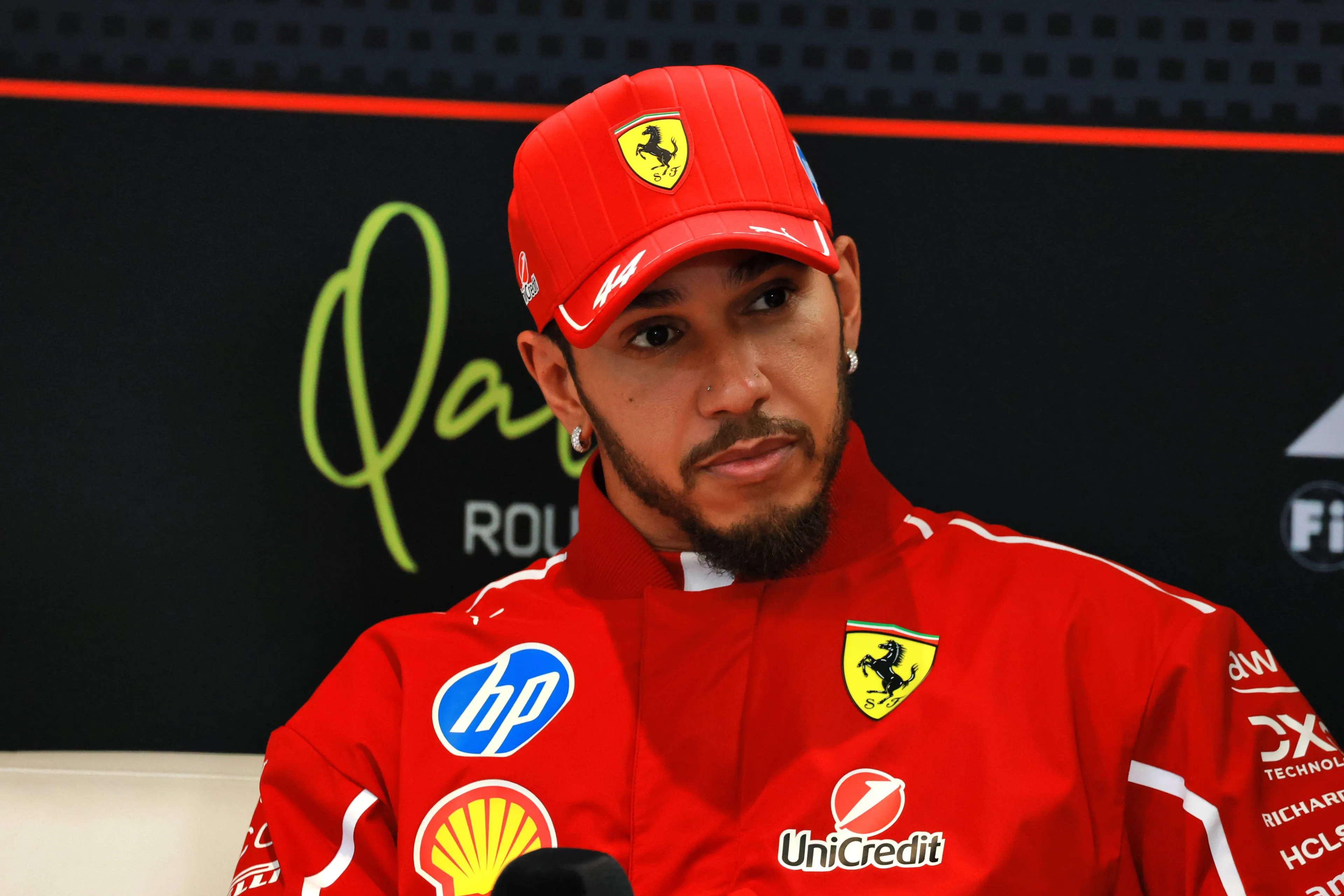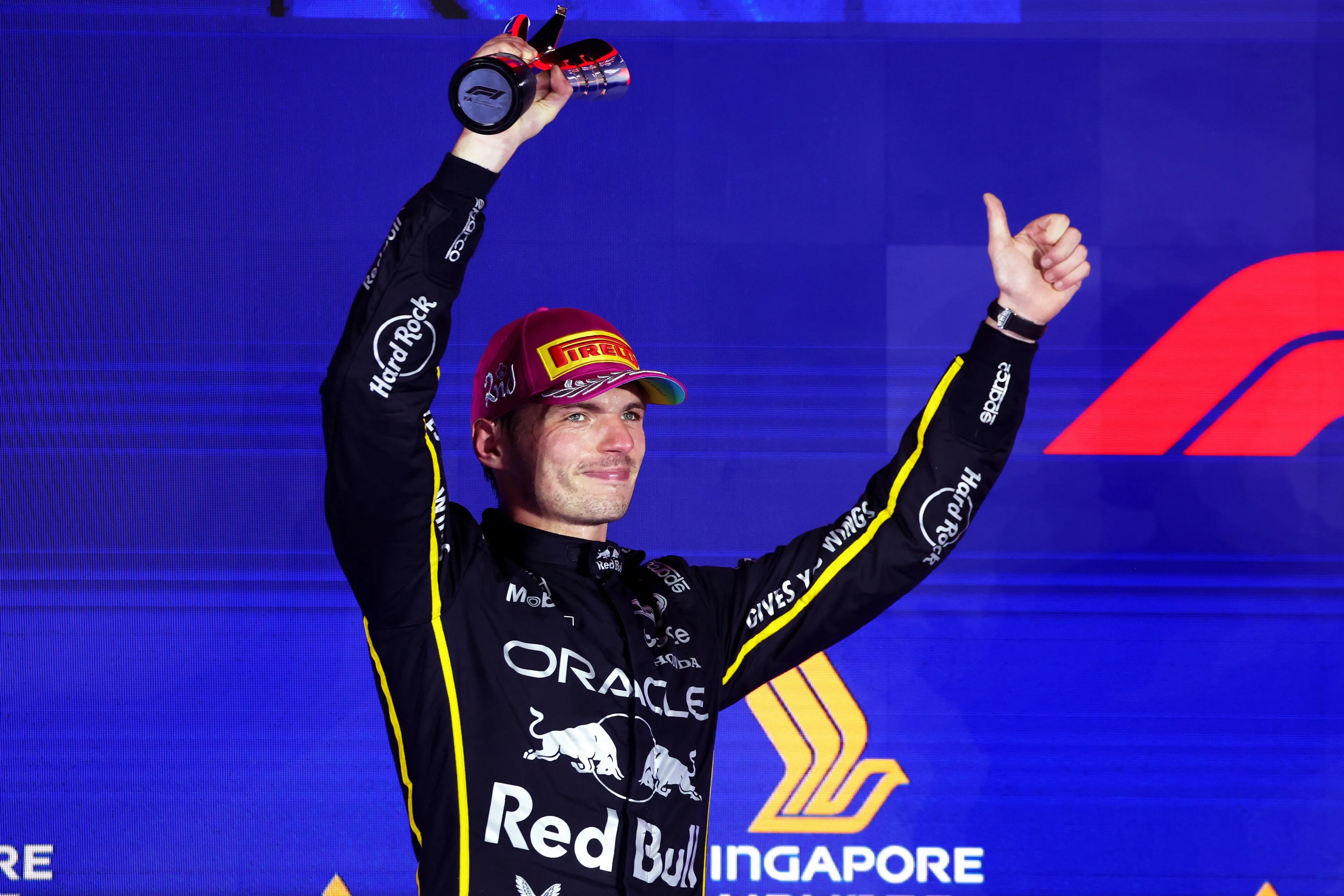FIA not surprised by limited impact of Technical Directive on flexiwings
The FIA currently has no plans to take additional measures regarding flexiwings, as GPblog reports. The new regulations, contrary to what many believe, were not introduced in an attempt to influence the team's batting order and are working as they should so far.
After months of speculation about the new flexiwing regulations, we finally know the true impact on the batting order in Formula 1. Although many expected certain teams to be greatly affected by the new set of rules, they have made little difference in reality.
The impact of the regulations, or rather the lack thereof, was extensively discussed in the Formula 1 paddock last weekend. Many had indeed expected the rule change to play a major role in the championship battle, but this turned out to be disappointing in hindsight.
According to rumours, McLaren was the team expected to suffer the most significant performance dip, but surprisingly, the team from Woking managed to find extra lap time last weekend. Still, there seems to be no correlation so far between the new technical guidelines and McLaren's performance in Barcelona.
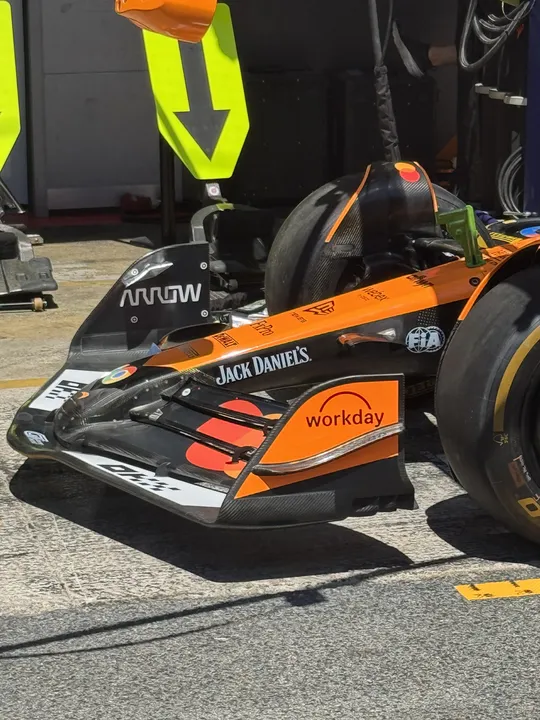
Does the TD do what it's supposed to do?
After the second free practice in Spain, Dr. Helmut Marko told GPblog and others: “The effect is minimal. The top four teams have moved closer together, but McLaren is still the fastest." A fact that almost seemed to disappoint the Red Bull advisor. The rest of the weekend saw similar statements from various drivers. All admitted that the TD had more impact on balance than on performance.
To viewers at home, it may seem as though the new regulations are not working sufficiently, but that is not the case. Contrary to what many believe, the regulation change was never intended to have a major impact on performance, as GPblog understands. Nor was it ever the intention of the FIA to change the batting order of the teams. The TD was simply introduced to ensure that all ten teams complied with the regulations; nothing more, nothing less.

FIA not taking additional measures for now
In enforcing the regulations, the FIA faces a significant challenge. Regarding testing the car and its many parts, the motorsport body is wholly dependent on static tests. Although there is certainly a correlation between the two, you can never say for sure what the actual effect is on the track.
To better map the correlation between the static tests in the FIA garage and the results on the track, the FIA has decided to continue monitoring the front wings for the time being. This means that the cameras originally introduced during the 2024 Belgian Grand Prix will remain on the cars for the time being.
GPblog also understands that the FIA is not planning to take additional measures around the flexiwings for now. Although this could change in the future, when new technical regulations are introduced in 2026.
Popular on GPBlog
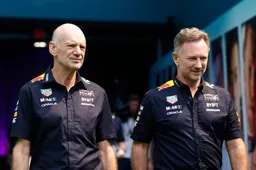
Aston Martin has informed staff following rumors about Horner’s arrival
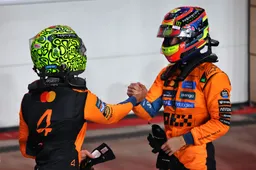
What Norris needs to do to clinch his first drivers' title in Qatar GP
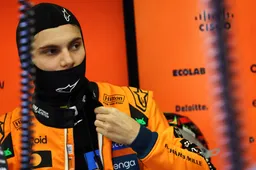
F1 Drivers' Standings | Piastri closes the gap with Sprint win in Qatar

